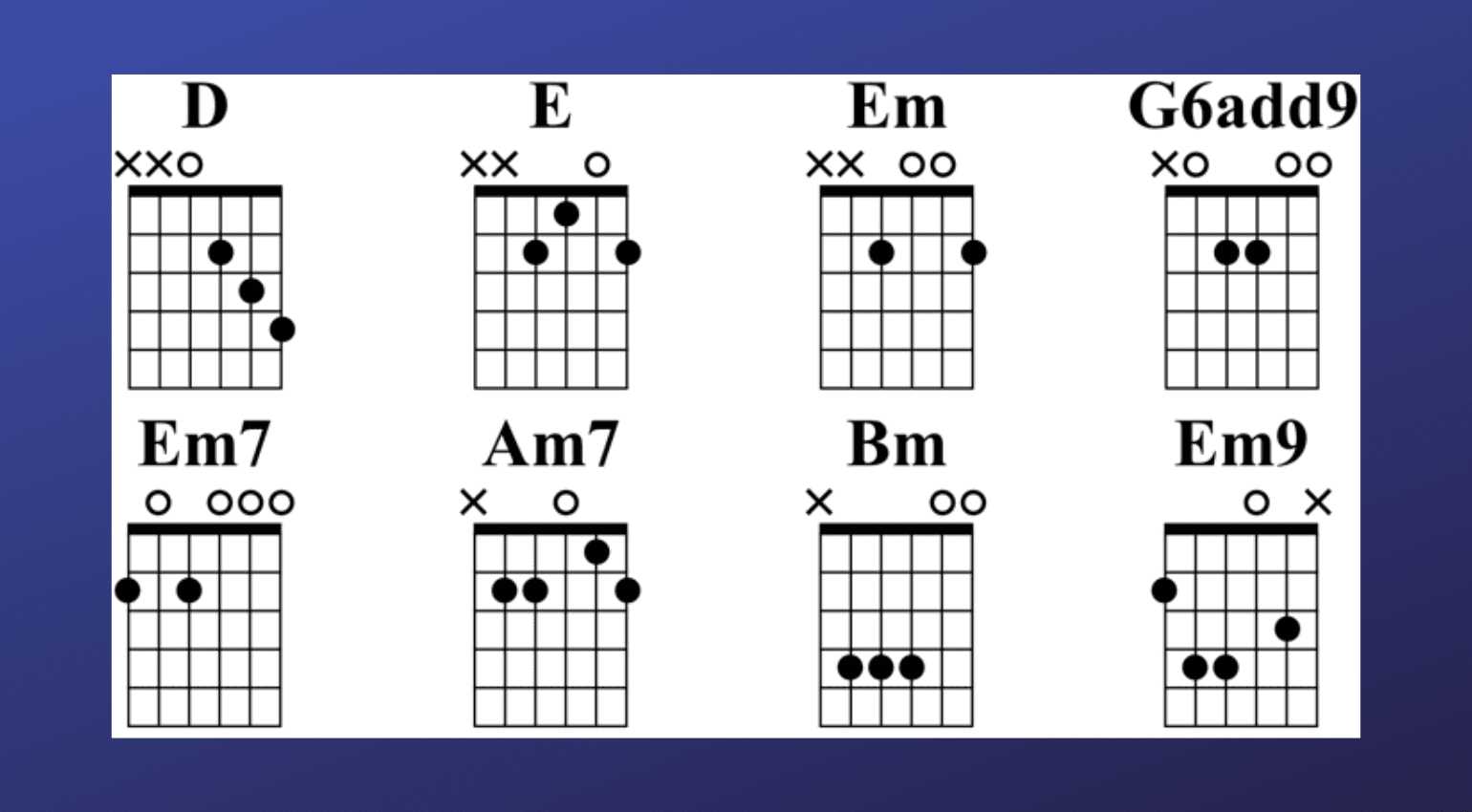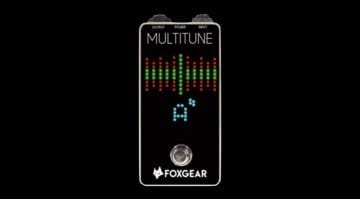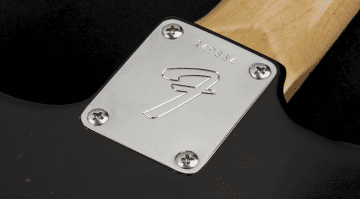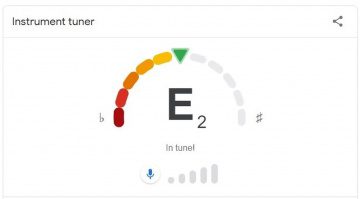Top 5 Guitar Tunings: Which is best for your music?
Guitar Tunings are a great way to change up your playing! Let’s delve into some guitar tunings that you may not have considered. For the most part, songs are in E standard, but what are some of the other guitar tunings? How do we use them? And most importantly, how can we tune to them? Stay tuned…
Top 5 Guitar Tunings: Which is best for your music?
As is known, the guitar is a stringed instrument. Such instruments comprise lengths of strings, adjusted to a tension where we can achieve a musical pitch. On guitar, we do this by turning the tuning pegs on the headstock. Most of us are happy with standard tuning, your bread and butter of music. But what about different guitar tunings?
E Standard Guitar Tuning
Typically, guitars are tuned in standard tuning, be that your Strats, or Dreadnought acoustics. What do we mean by standard, then? There’re six strings, and starting from low to high you have the notes, EADGBE; three intervals of a fourth which are your E–G strings, succeeded by a major third, G to B, and concluding with another fourth from B–E. Without wanting to get too technical, the fourths and major third refer to the musical relationship between the notes. Played together, these notes are euphonious and are what most of us call home when it comes to playing.
The benefits then? 90% of all songs are in standard tuning, therefore you’ll be able to play along to a fair few tracks. From Ed Sheeran to AC/DC, standard tuning has its uses for basic chords to some of the most iconic riffs regardless of genre.
E Flat Guitar Tuning
For all intents and purposes, E flat is the same as E standard. However, all of the notes from before have been tuned down half a step. Or, as the title would suggest, they’ve been flattened. The musical symbol for flattened notes is a lowercase B, so ‘Eb‘. Thus, our six strings are now Eb, Ab, Db, Gb, Bb, & Eb.
Although, it should be noted that when you use a guitar tuner to get to these notes, it will most likely read Ab as G#, for example. How do we get to this tuning? Simply use the tuning pegs to loosen the tension in each respective string until we achieve the desired note of each string.
Eb is a great starting point for changing things up. Namely, because you can still play everything you know and love, without changing how you play chords and riffs. The shapes are all the same. Stylistically, a lot of male vocal blues and rock songs are recorded in Eb. Why is this? Simply, Eb is lower than E standard. Therefore making the music easier to sing for males. Biologically, men tend to have a lower register. But this does not always apply, of course.
You are currently viewing a placeholder content from YouTube. To access the actual content, click the button below. Please note that doing so will share data with third-party providers.
Take Stevie Ray Vaughan’s ‘Pride and Joy‘ – a blues track with a male vocal, Eb being used nicely. In contrast, ‘Sweet Child O’ Mine‘ by Guns N’ Roses is a classic rock song, featuring both clean chords and heavier riffs, but also in Eb for Axl Rose’s register. Some artists, like Def Leppard and Blondie, will have recorded songs in E standard originally but will now use Eb when playing live, ultimately making the track easier to sing.
Drop D
Ah, Drop D. This guitar tuning is arguably one of the easiest tunings to achieve from standard. In this case, we’d take our guitar in standard tuning, and tune the low E string to the same pitch as the D string. Being rudimental, this can be done by picking the low E and D strings simultaneously, and adjusting until they sound the same. Our low E string now becomes another open D note.
This guitar tuning is great for playing some heavier riffs! ‘Killing In the Name‘ by Rage Against the Machine is a classic example of a song in Drop D. You can hear from the start, the lower pitch from that D string. However, Drop D can be used in other applications. It can lend itself nicely to some of the cleanest of songs. Mason Ramsay’s ‘Before I Knew It‘ is a Country piece of music. Although using typical cowboy chords, the low D string provides that extra bit of control over the riff.
You are currently viewing a placeholder content from YouTube. To access the actual content, click the button below. Please note that doing so will share data with third-party providers.
Drop C
Furthermore, Drop C is another guitar tuning for those of us looking to play something heavier. This guitar tuning is very similar to Drop D, with this one however we start in E standard and tune all of the strings one tone lower. Moreover, we also want to use the same skills needed to get to Drop D in our new lower tuning. Now, we have CGCFAD. Notably, this sounds much lower and more aggressive than the others on our list.
Popular among metal and thrash genres, the low pitch accompanies the style of such music. Also, if you’re like me, and sweep picking and crazy fast playing aren’t in your skill set just yet, the reduced tension of the strings will make such techniques easier to play.
‘Chop Suey!’ by System of A Down perfectly showcases the hulking sound that the Drop C guitar tuning can provide.
Open G Guitar Tuning
Concluding our list is a tuning that you’ll have heard plenty of times without even knowing it! The open G guitar tuning was pioneered by Keith Richards of The Rolling Stones. The bright and effortless sound of ‘Brown Sugar‘ is your archetypal example of Open G. How do we tune to it then?
The notes are DGDGBD. Starting from standard, you’ll need to tune both E strings to the D string. Secondly, tune the A string to the G string. Again, we can play two strings at the same time and adjust until they sound the same. There you have it, Open G. When played together, all six strings will sound like a G major chord.
Unlike our other guitar tunings, everything changes when playing. You’ll be able to get used to the new shapes in no time, but it is worth remembering. ‘Start Me Up‘, also by The Rolling Stones is a great beginner Open G riff. Using shapes that resemble familiar blues phrases.
Uses and Benefits
Different guitar tunings are the perfect way to change up your sound for bedroom and studio jamming. They will also enrich your repertoire of riffs and licks. Generally, you’ll be able to switch back to standard in no time when you’ve finished exploring those new sounds.
Wait! You’ll probably need a well-sorted guitar tuner to help you achieve these guitar tunings. This is one I can personally recommend for quick adjustments on the road or in the studio.

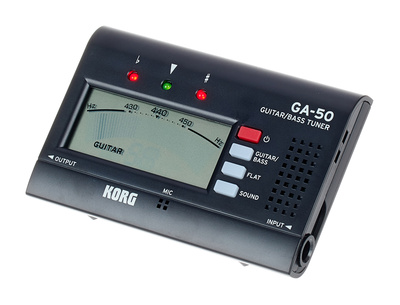
More about Guitar Tunings:
- Which Guitar Tuner to Buy?
- All about guitars
- More guitar techniques
Videos:
You are currently viewing a placeholder content from YouTube. To access the actual content, click the button below. Please note that doing so will share data with third-party providers.
You are currently viewing a placeholder content from YouTube. To access the actual content, click the button below. Please note that doing so will share data with third-party providers.
*Note: This post contains affiliate links and/or widgets. When you buy a product via our affiliate partner, we receive a small commission that helps support what we do. Don’t worry, you pay the same price. Thanks for your support!
 4,4 / 5,0 |
4,4 / 5,0 | 

